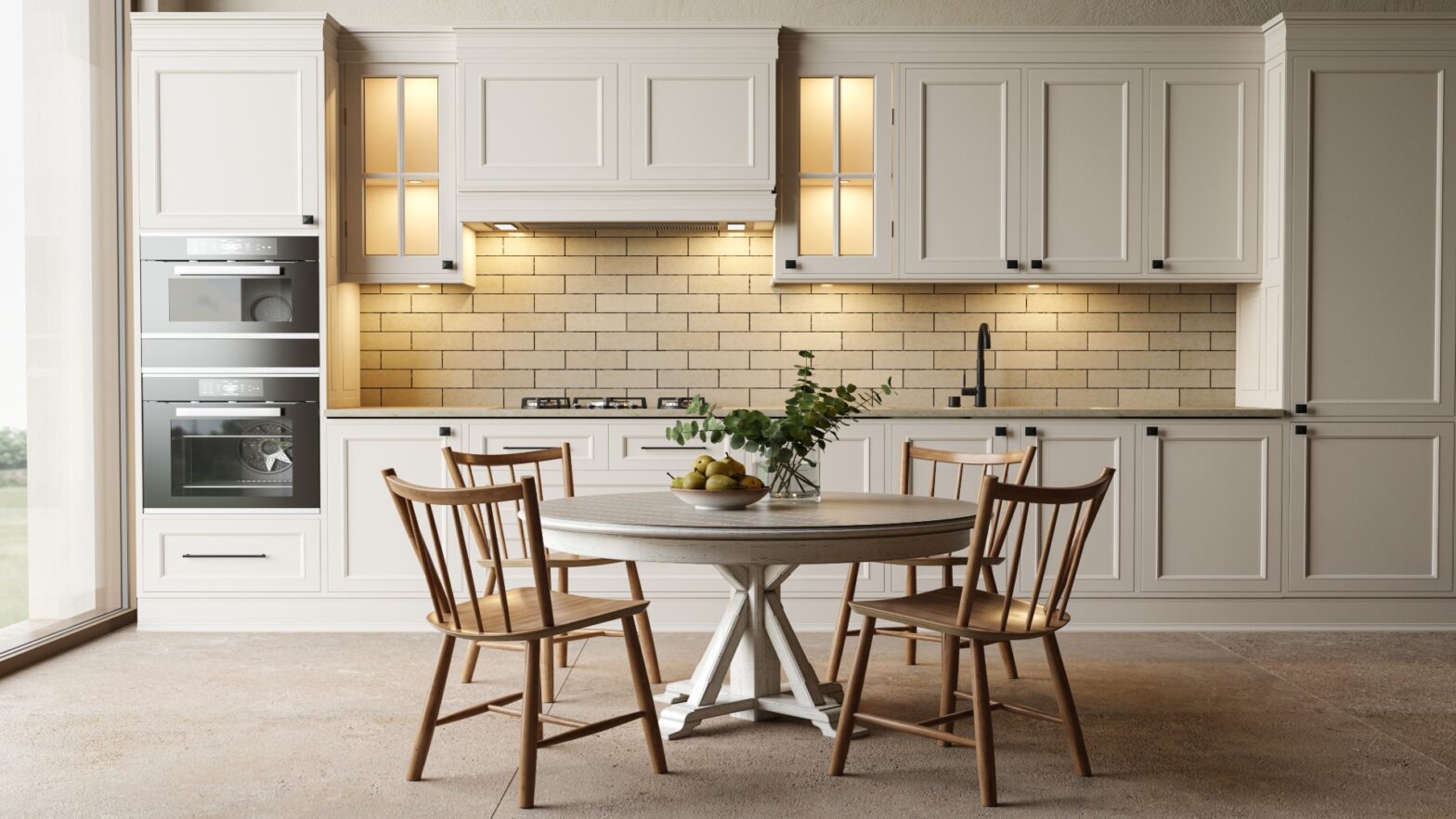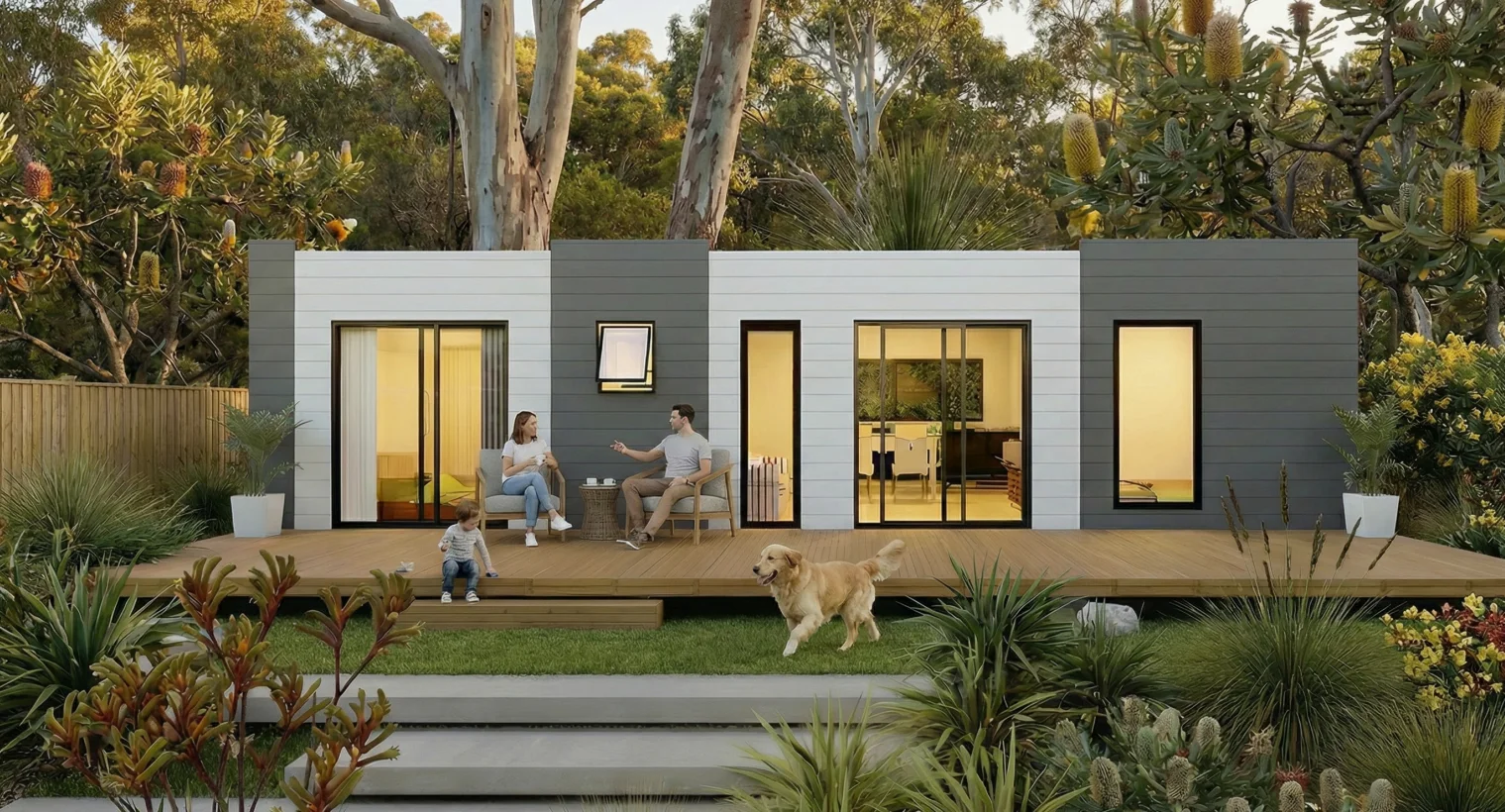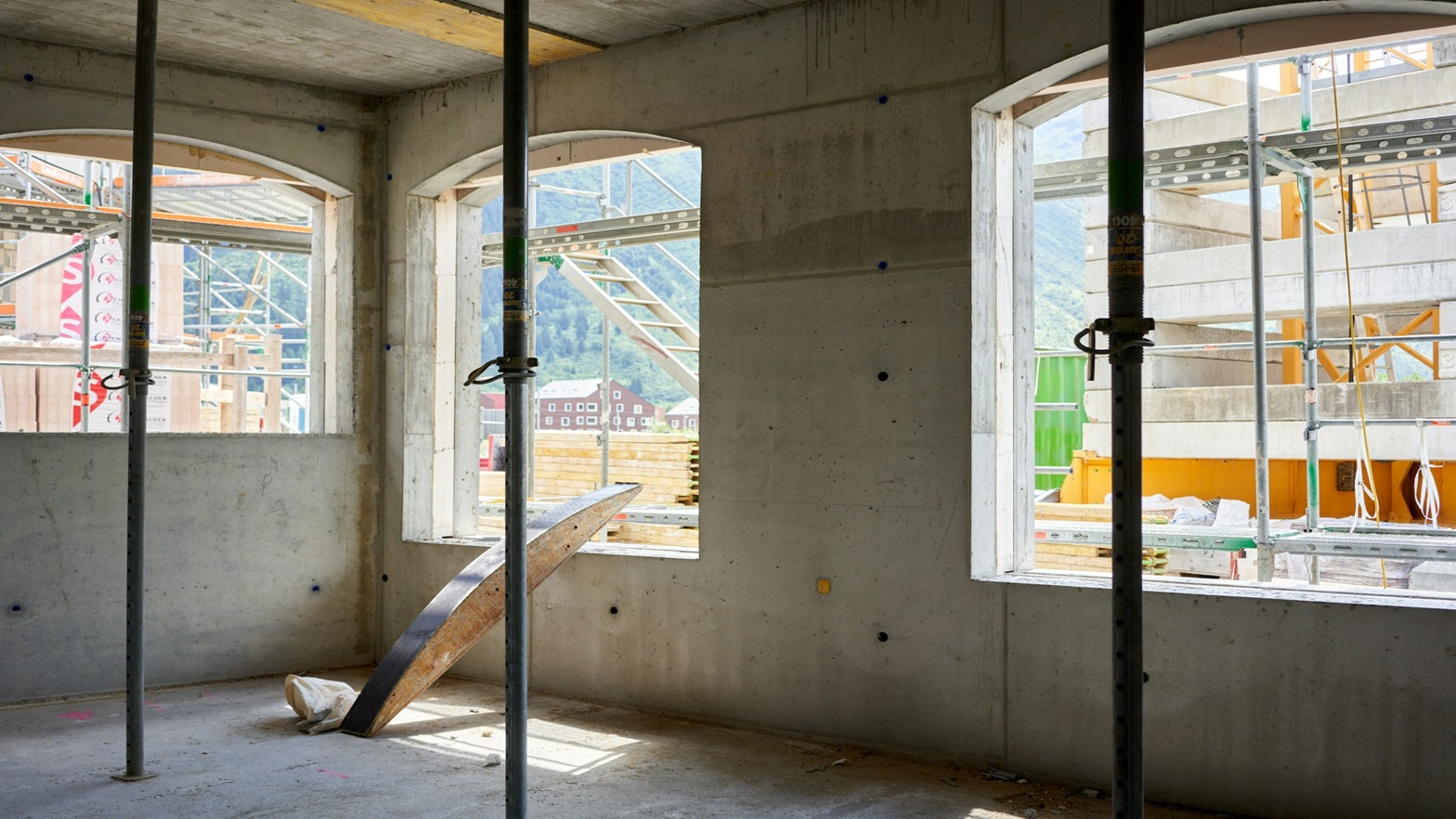Vintage dining tables have a charm and elegance that new furniture often lacks. Their classic designs and high-quality craftsmanship can make any dining area feel warm and inviting. If you’re looking to add a touch of vintage style to your modern home, here’s how you can incorporate these timeless pieces while maintaining a fresh and contemporary look.
Understanding Vintage Dining Tables
Vintage dining tables are those that were made in a previous era but are still cherished today. They often feature intricate details, sturdy construction, and unique wood finishes. Common vintage styles include:
- Victorian: Known for its ornate carvings and rich, dark wood, Victorian tables are grand and detailed.
- Mid-Century Modern: Characterized by clean lines, tapered legs, and a minimalist approach, this style emerged in the 1950s and 1960s.
- Rustic Farmhouse: These tables have a homey, lived-in look with distressed wood and simple designs.
Each style has its own distinct features, but all can bring a sense of history and elegance to a modern home.
Choosing the Right Vintage Table
When selecting a vintage dining table, consider the following factors:
- Style: Choose a style that complements your existing décor. For a modern home, mid-century modern tables often blend well, while Victorian tables might suit a more classic or eclectic interior.
- Size: Make sure the table fits your dining space comfortably. Vintage tables come in various sizes, so measure your room and decide how many people you want to seat.
- Condition: Vintage tables can vary in condition. Look for tables that are in good shape or that can be easily restored. Check for stability, wood damage, and any repairs that may be needed.
- Material: Many vintage tables are made from solid wood. Different types of wood, such as oak, walnut, and mahogany, have unique characteristics and finishes.
Integrating Vintage Tables into Modern Spaces
Here’s how you can seamlessly incorporate a vintage dining table into a modern home:
- Balance with Modern Chairs: Pair your vintage table with modern chairs to create a balanced look. For example, if you have a rustic farmhouse table, consider sleek, contemporary chairs to contrast the table’s classic design.
- Mix and Match: Don’t be afraid to mix different styles. Combining a vintage table with modern décor elements, like contemporary lighting or abstract art, can create an eclectic and stylish space.
- Use Neutral Colors: Modern homes often feature neutral color palettes. If your vintage table has bold colors or intricate patterns, keep the surrounding décor simple and neutral to let the table stand out. For instance, pairing a vintage table with a modern dining table set for 4 can create a cohesive look that blends classic charm with contemporary functionality.
- Accessorize Wisely: Use vintage table linens, centerpieces, or placemats to highlight the table’s classic appeal. Choose accessories that complement both the vintage style and your modern décor.
- Contrast with Contemporary Elements: Create contrast by adding modern elements such as sleek metal light fixtures or minimalistic artwork. This helps the vintage table feel less out of place and more integrated into the overall design.
- Highlight the Table: Make your vintage table the focal point of the dining area. Place it in the center of the room and arrange other furniture and décor around it to enhance its presence.
- Update with a Fresh Finish: If the original finish of the vintage table doesn’t fit with your modern aesthetic, consider refinishing it. A fresh coat of paint or a new stain can make it look more contemporary while still preserving its vintage charm.
- Add Modern Rugs: A modern rug underneath the vintage table can help define the space and add a contemporary touch. Choose a rug with a simple design or geometric patterns to keep the look balanced.
Maintaining Your Vintage Dining Table
Vintage furniture requires some care to keep it looking its best. Here are a few tips for maintaining your vintage dining table:
- Regular Cleaning: Dust the table regularly with a soft cloth. Avoid using harsh chemicals that could damage the finish. For a deeper clean, use a wood cleaner designed for antique furniture.
- Avoid Direct Sunlight: Place the table away from direct sunlight to prevent fading and drying out of the wood.
- Protect the Surface: Use placemats, coasters, and tablecloths to protect the surface from scratches, stains, and heat damage.
- Check for Repairs: Inspect the table periodically for any loose joints or damaged parts. Address these issues promptly to prevent further damage.
- Condition the Wood: Occasionally apply a wood conditioner or furniture polish to keep the wood hydrated and looking its best.
Why Vintage Dining Tables are Worth the Investment
Investing in a vintage dining table can be a great decision for several reasons:
- Unique Character: Each vintage table has its own history and character, making it a unique addition to your home.
- Quality Craftsmanship: Vintage tables are often built with high-quality materials and superior craftsmanship that can last for generations.
- Timeless Appeal: The classic designs of vintage tables never go out of style, making them a timeless addition to your décor.
- Sustainability: Choosing vintage furniture is an eco-friendly option that helps reduce waste and promotes sustainability.
Conclusion
Incorporating a vintage dining table into a modern home is a fantastic way to blend old-world charm with contemporary style. By choosing the right table, balancing it with modern elements, and maintaining it properly, you can create a dining area that is both stylish and welcoming. Embrace the unique character and craftsmanship of vintage furniture and enjoy a dining experience that is rich in history and elegance.





























